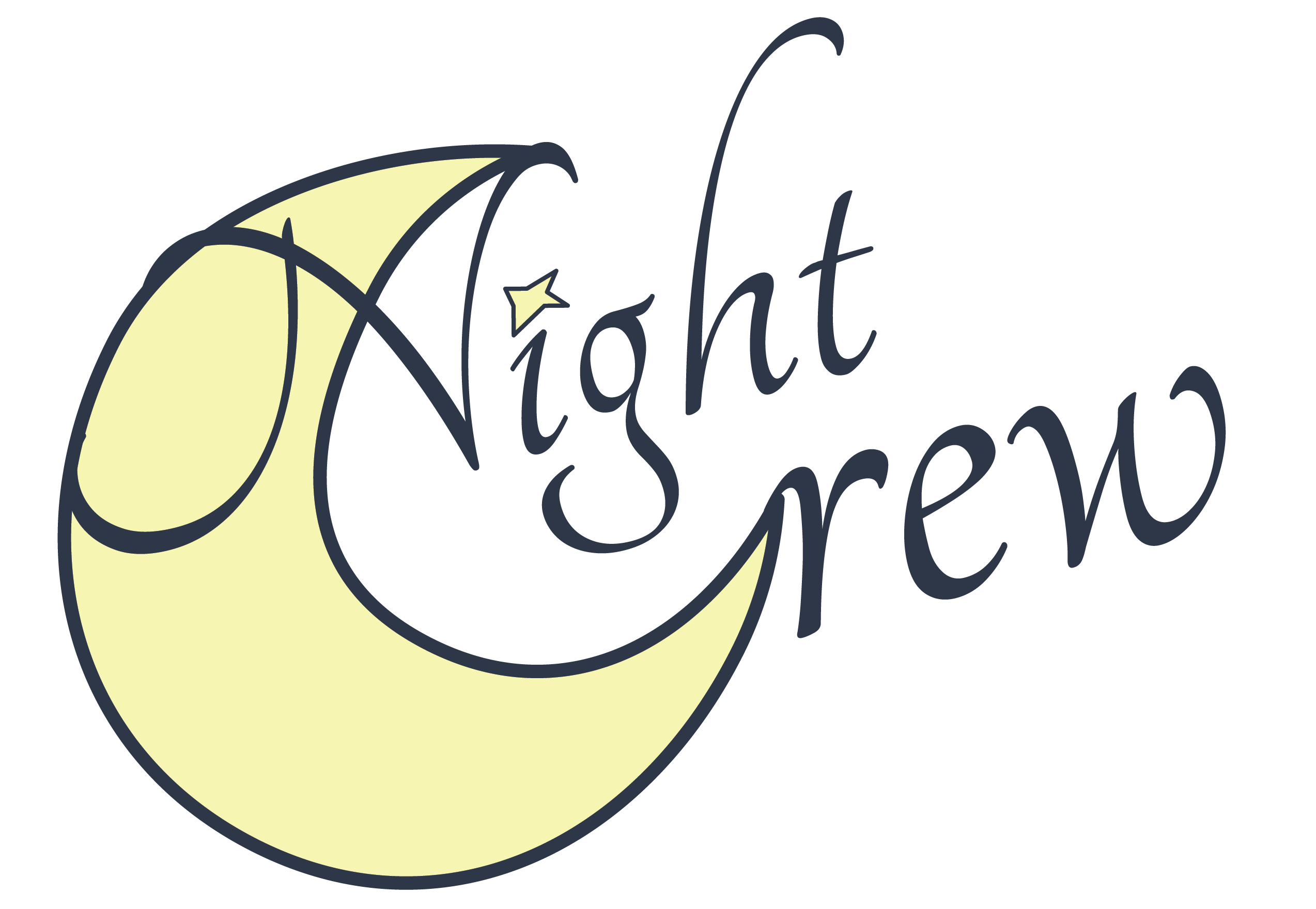Doubt: A Short Film
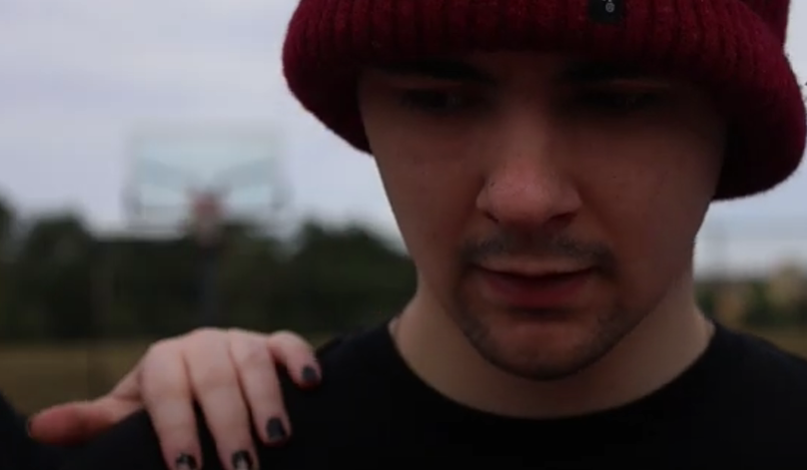
The Guidelines
When assigned with the task to choose and complete a project of my choice for the capstone to my Bachelor’s program, I knew I would want to create a short film. For this endeavor, I would need to decide on an idea, produce a storyboard, film, and edit the film.
Conceptualizing
Initially, I had planned to film a found footage style horror movie based on the lost villages of Scituate, Rhode Island. Ultimately after ideating, I realized my expectations regarding this idea were significantly out of the realm of possibility to be finished to my standards within the allotted timeframe. With this in mind, I decided to pivot.
Once changing directions, I returned to the drawing board. At this time, I became overcome with anxiety and self doubt. These feelings, although familiar, inspired the conception of Doubt. Having experienced panic attacks in the past and knowing how easily they can manifest, I knew exactly what to make a film about. With this decided, the direction of the shots, sequencing, and vibe came to me almost immediately.
Doubt would be a short experimental style film, placing the viewer in the midst of a self doubt induced panic attack. In my past, I have made a handful of other mental health related short experimental films, including the award wining Imperfect. I was able to take inspiration from my previous ventures as well as the works that had inspired them, while still growing my style of filmography.
Storyboarding and Preproduction
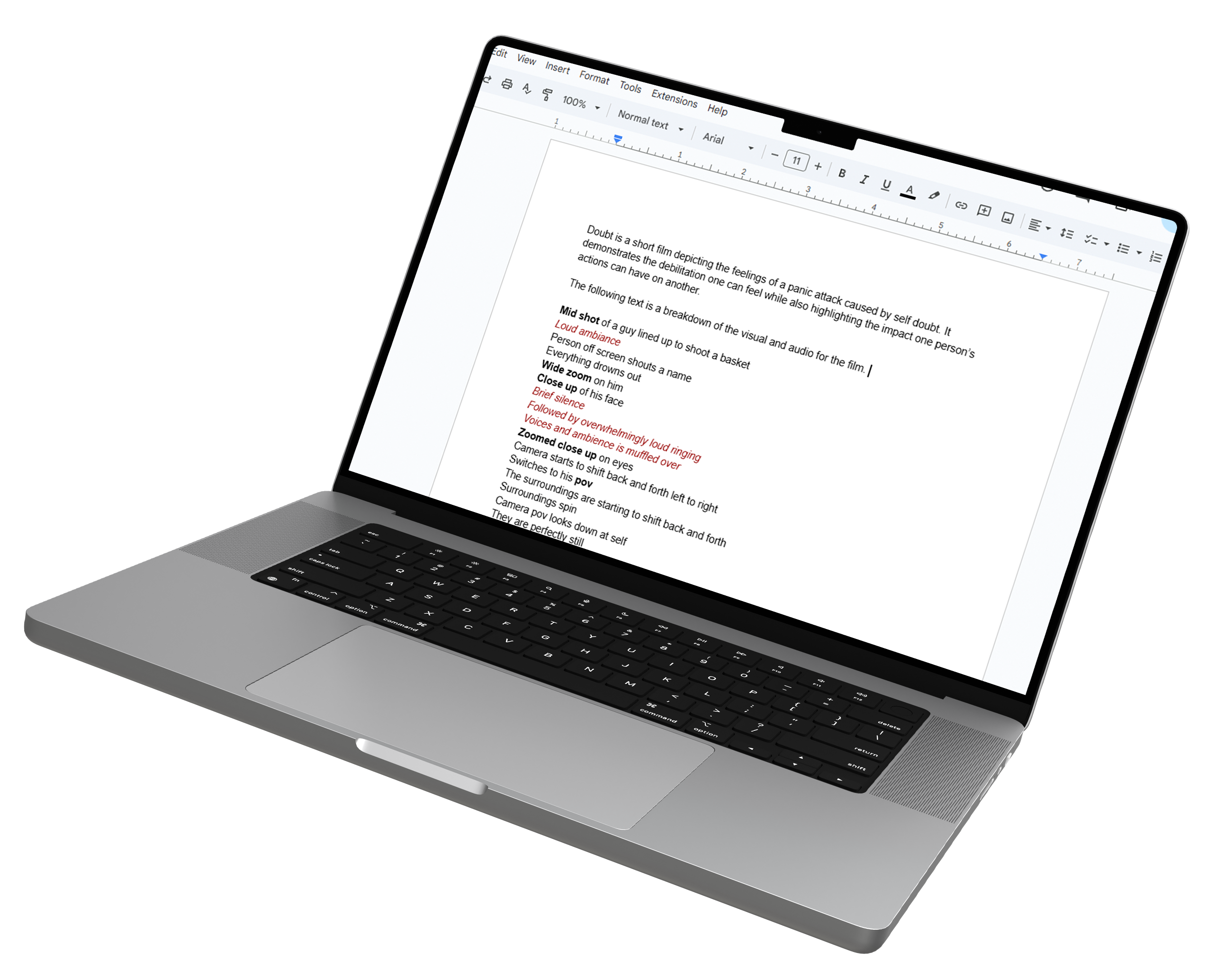
When storyboarding, I find it easier to start off with writing. I write down the storyline I wish to follow. Then, I add in any specific shots, angles, camera movements, and audio I know I want to include. This helps me better plan out my concept before sketching out a more traditional storyboard.
Once I finalized my sequence I wanted to follow, I transferred the shots to a visual storyboard. I made sure to include the major scenes I wanted to film, specifying the transitions between frames. Knowing the feeling I wanted to convey, I also chose to leave room for decision making during production and post-production.
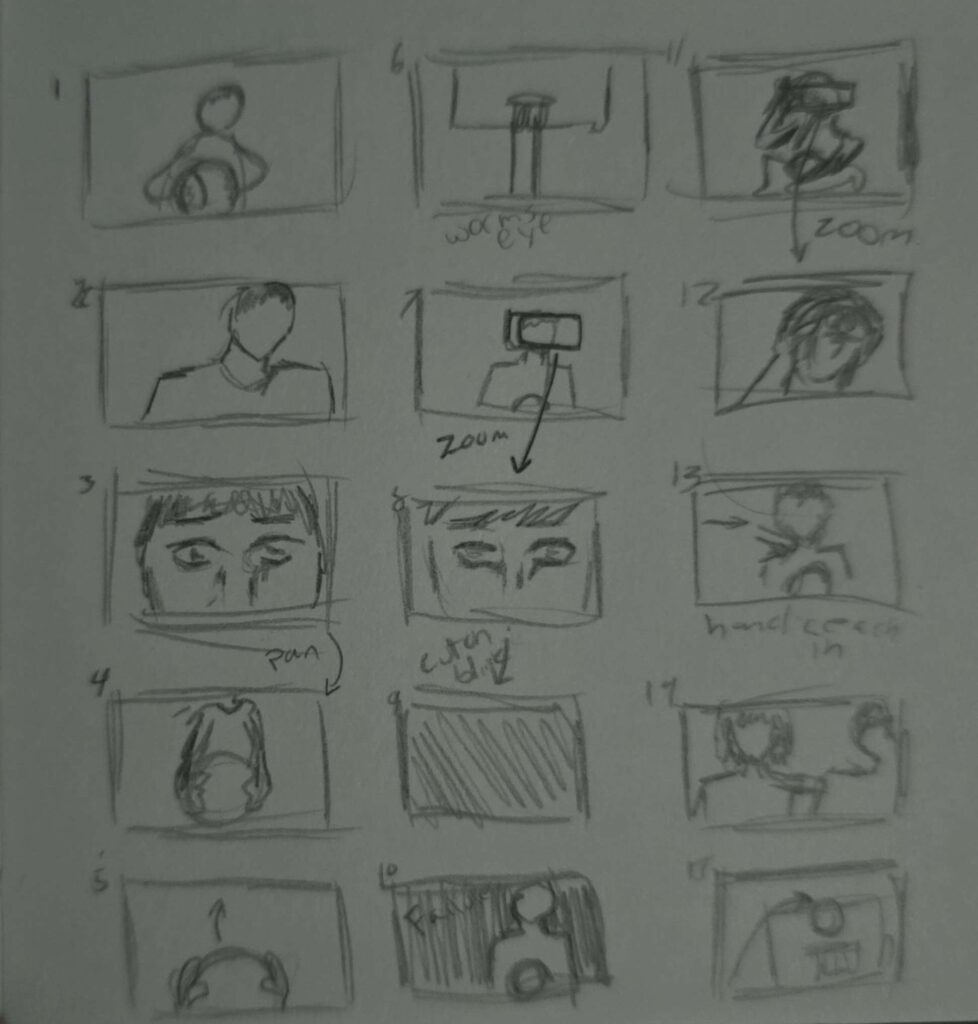
Production
Once the pre-production phase was finished, it was time to begin filming. I scheduled ahead of time to meet with my actor and crew at the outdoor filming location on Tuesdays at 12:30. We dedicated three sessions for filming and coordinated wardrobes to be prepared for those days. The first day of filming was seemingly productive as we were able to capture a good amount of footage. However, once reviewing the video, it was apparent a few shots would need to be re-filmed during our next day. While filming the following week, the sky was noticeably different than the first day. Because of this, we decided to reshoot everything in addition to gathering the final outdoor scenes and studio video. This made Day Two incredibly long, which was made worse due to the heat. After this, we would meet one final time, the following week in order to reshoot a handful of shots and obtain a few more pieces of footage.
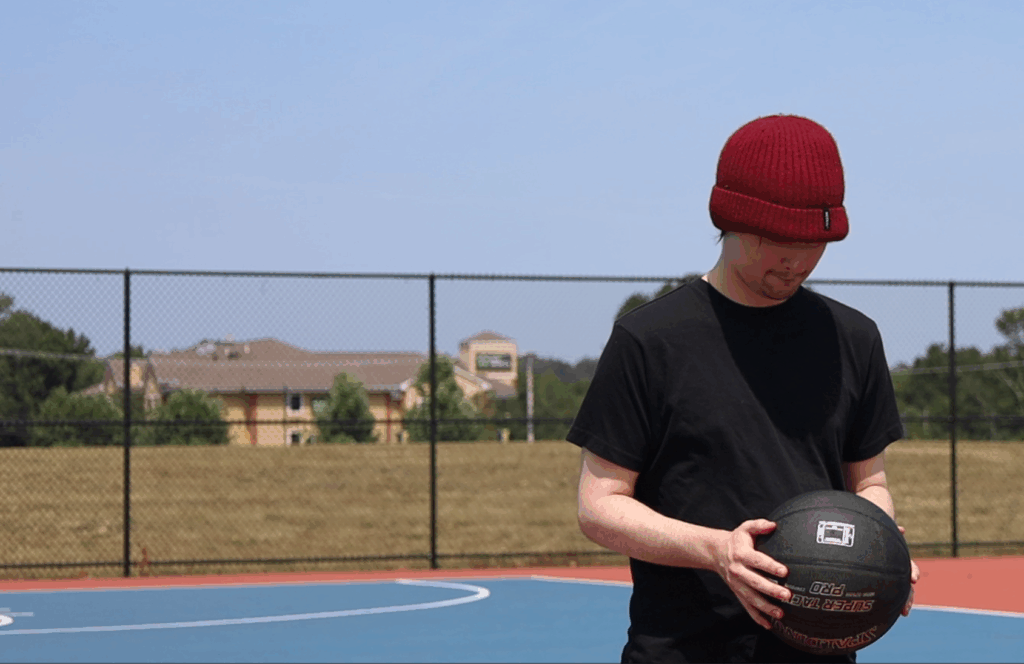
Post Production
While known as post-production, I began bringing my film into Adobe Premiere Pro after the first day of shooting. This way I would be able to better analyze how the footage I had obtained came together. I began actually cutting everything together and making substantial edits after the second day of shooting, producing a very rough rough cut. Once I had finished filming, I spent the following weeks cutting and rearranging footage, adding effects and transitions, and brining in audio.
While filming, I had use rack focusing in order to blur the actor in and out of focus. To extend some of the blur time, I used the camera blur effect. I also increasingly roughened the edges of certain scenes to create a sense of intrusion and claustrophobia.
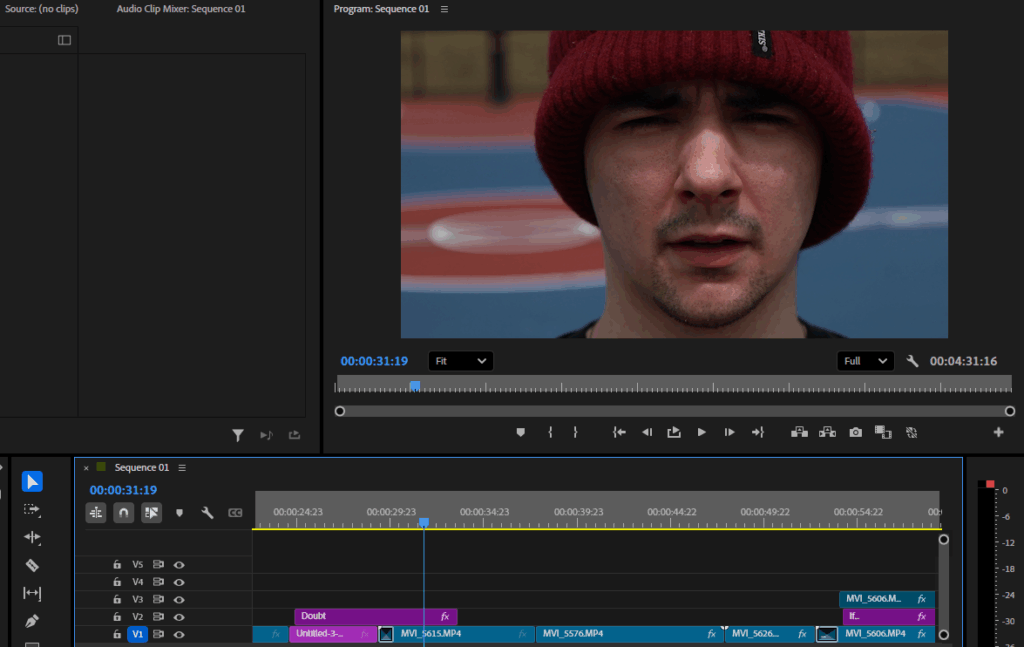
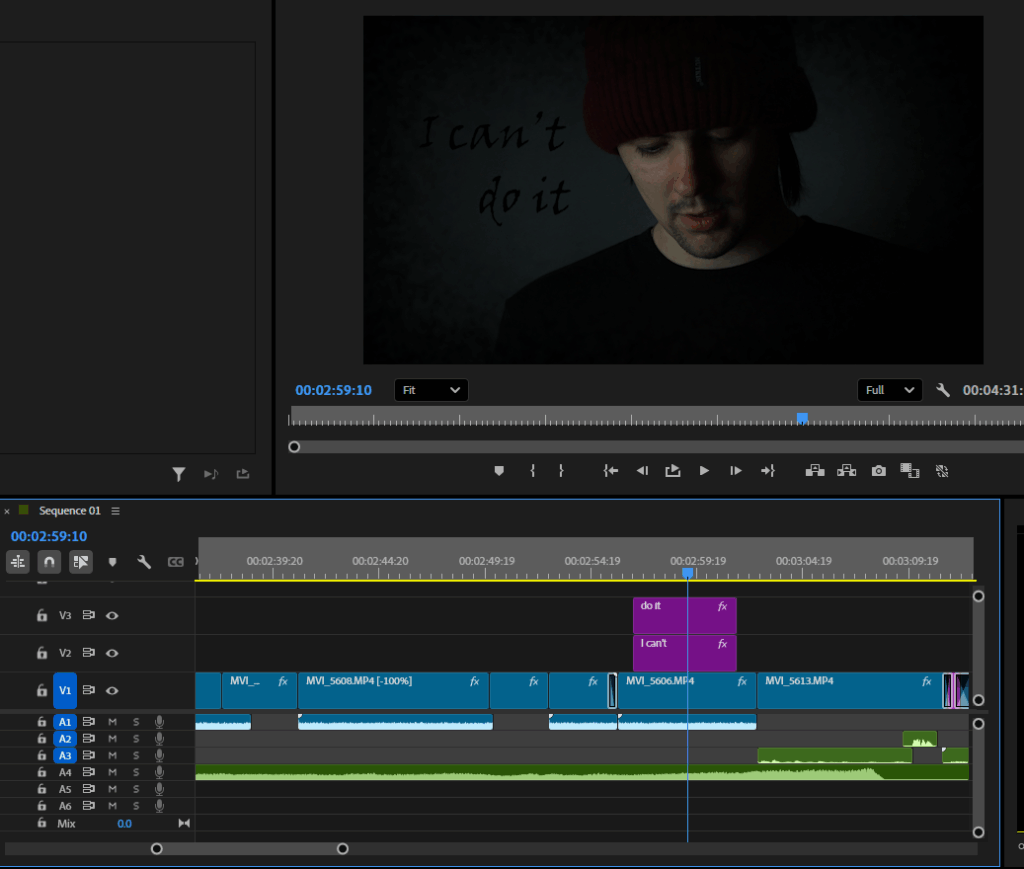
Suggested by one of my peers, I displayed text in the background by masking the actor out and feathering the edges. I added both run-on written dialogue as well as short discouraging phrases. This would help convey the racing thoughts going through someone’s mind when experiencing a panic attack.
Audio is an important part of a film, especially in one where the audience is supposed to feel as though they are experiencing what the actor is going through. Because of this, I chose not to use the audio from the clips. Instead, I layered multiple different audio tracks and manually cut and timed each sound in order to achieve the sound I wanted. I also made sure to find and record sounds that would be anxiety inducing such as the shepherds tone heard near the film’s end. I had also received permission from the band Sarah and the Safe Word to use their song Solstice in my ending credits.
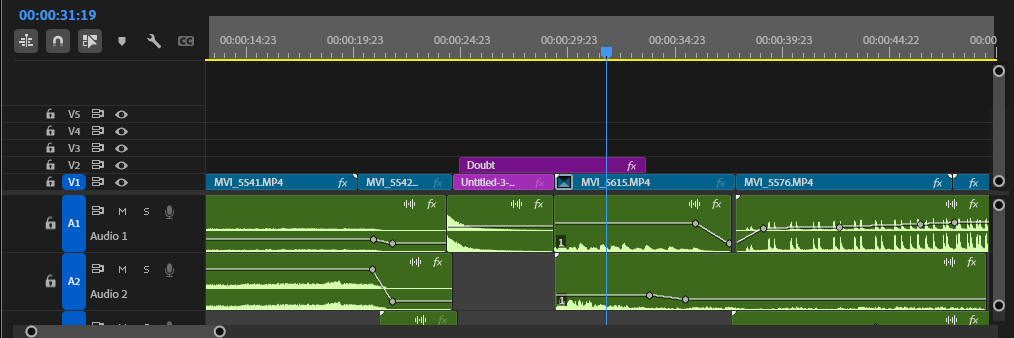
Final Thoughts
Although I needed to pull back the reigns and transition between ideas, I am pleased with how Doubt turned out. I feel it conveys the message it intended to spread and helps put the feelings of a panic attack into a consumable media for others to experience secondhand. It helped remind me of my passion for film and rebuilt my confidence as well. With Doubt complete, be sure to keep an eye out for a found footage horror film at some point in the future.
